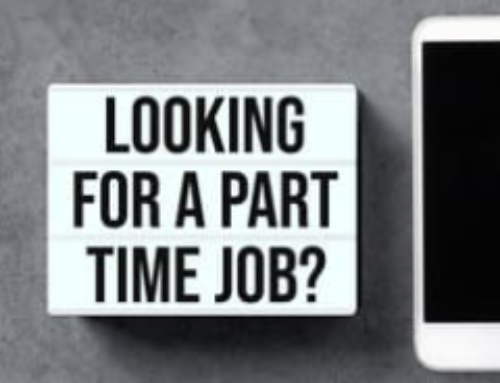Dear Sam: As I receive so many questions—often from readers with the same questions—I thought I would address some of the most frequently asked questions hoping that my answers will point you in the right direction when it comes to personal branding best practices.
Q: How do you get past the Applicant Tracking Systems?
A: Applicant Tracking Systems (ATS) are simply automating what human screeners do—looking for relevant keywords and key phrases that one would assume would be in a qualified applicant’s resume. As an ATS is not human, it, of course, does not have the subjectivity to think beyond the keyword, meaning if a resume does not contain the keyword saturation desired, that resume will not be selected. In contrast, a human screener would be able to say, “well, he doesn’t have experience in this area, but he did go to this school, and I like that.” Hence, your resume has to be ultra-targeted in order to be successful in emerging from those automated ATS screens. Check out my keyword mapping exercise Dear Sam Live video for insight into overcoming the ATS challenge.
Q: How do I write a resume that opens the most doors possible?
A: Not easily! Defining your target is critically important in creating an effective resume. Without a clearly defined audience, how will you know what message—and all-important keywords—will resonate with that reader? It is one thing to develop one resume for two purposes, perhaps when closely related, but quite another to create a resume for anything and everything. Avoid the latter, realizing that just because you write a resume with an open-ended target certainly does not—and likely will not—mean you open more doors. In fact, the more targeted your resume, the more return on investment you will earn.
Q: How much experience should I present on my resume?
A: Typically, hiring managers expect to see about 10-15 years of experience presented on a resume. Omitting earlier experience will not be seen as misleading, as recent, relevant experience is most important. This does not mean you can’t include earlier positions. You may, however, want to consider bylining foundational roles without dates to avoid potentially aging and/or over-qualifying your candidacy. This means breaking format—and therefore justifying a change in how information will be presented—and placing a note at the end of your professional experience with a mention that you possess that foundational experience, yet not dating the role(s). This could be as simple as, “Foundational experience with National Enterprise as a Sales Specialist” or you can go into greater detail, even presenting some highlights.
Q: I don’t know what I want to do ‘when I grow up’; how do I develop a resume?
A: It may not be time to write a resume just yet. Start perusing the job boards—or visit www.indeed.com as a one-stop-shop solution for sourcing jobs online—searching by functional keywords instead of titles. From your search results, start to track and trend the types of jobs you are interested in and qualified for. Realize that it is not usually a good strategy to apply for jobs in which you are overqualified as hiring managers may assume your compensation requirements will be too high or your interest level will wane over time. Find positions where you meet most of the requirements—you do not have to meet all of the desired qualifications to be a competitive candidate—ensuring you can speak in the ‘language’ of the job postings, presenting your background in a way that emulates the actual functions of the role and not just the requirements for the position.
Q: What should I include in my education section if I do not have a degree?
A: If you did not attend college, or completed very little—perhaps less than two years—then I would likely recommend omitting the education section entirely. If you were to include it solely with your high school diploma, realize you would not be telling an employer that you have a high school diploma, you would actually be saying that you do not have a college degree. You can present a partially completed degree; just list the degree you pursued or the completed coursework. You may also include professional development, training, certifications, and other credentials in an education section to create a more robust section.
I am hopeful these tips will ensure you are developing and presenting the market with a best practices-based picture of your personal brand!




